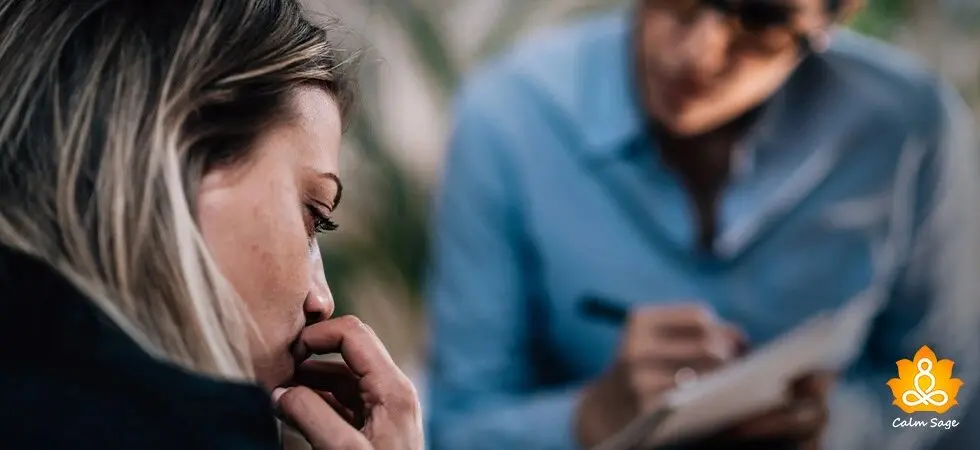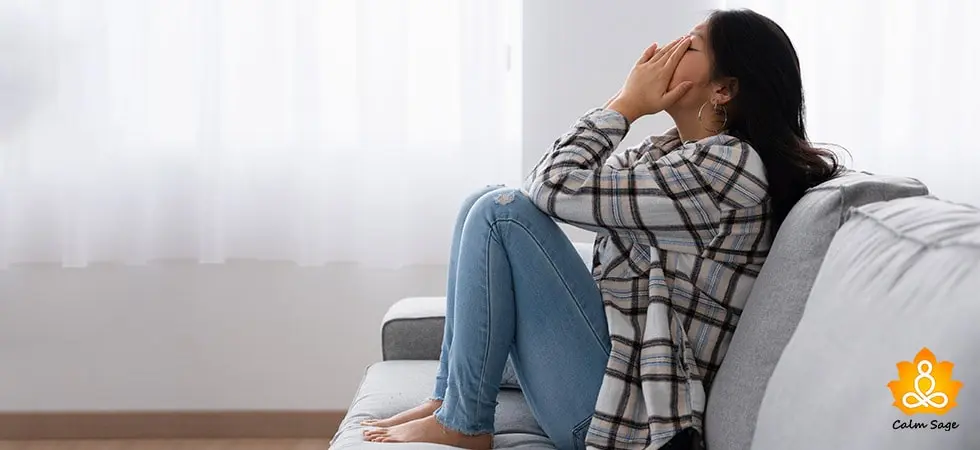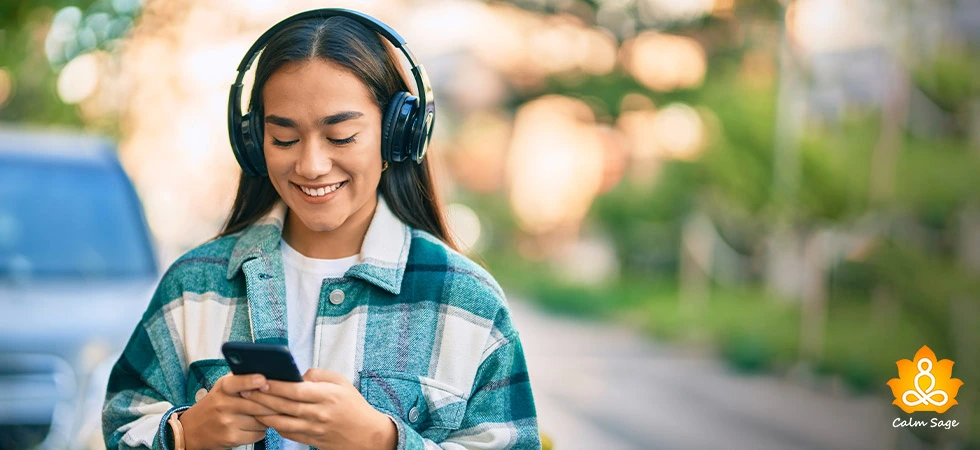All You Need To Know About Ambivalent Attachment
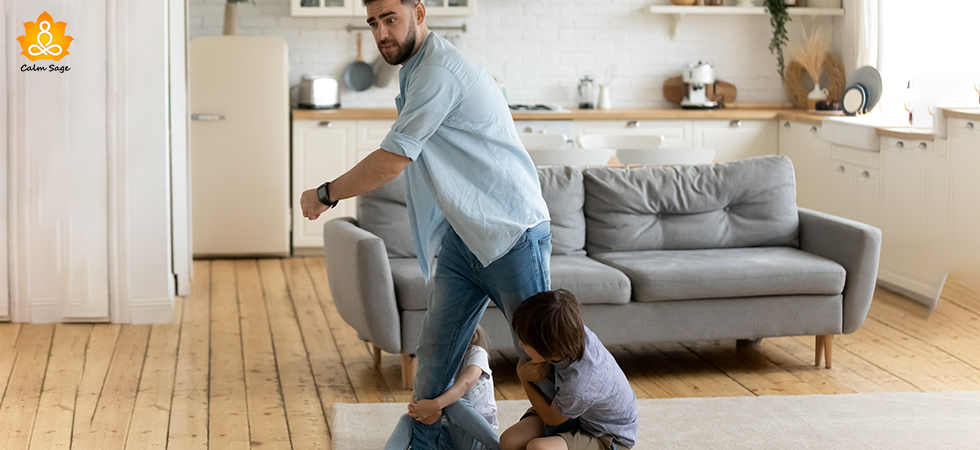
Attachment is defined as “affection, fondness, or sympathy for someone or something” and the attachments we form with someone or something during our childhood impact our adulthood. There are all types of attachment; healthy and unhealthy; secure and insecure.
Knowing which attachment style is healthy and which is unhealthy is an important part of our mental well-being and future relationships as well. The four common attachment styles are:
- Secure Attachment
- Ambivalent Attachment
- Avoidant Attachment
- Disordered Attachment
In this blog, however, we’re going to discuss what is ambivalent attachment, the types of ambivalent attachment, what causes it, and how to help treat this style of attachment. So let’s begin!
Ambivalent Attachment: What Is It?
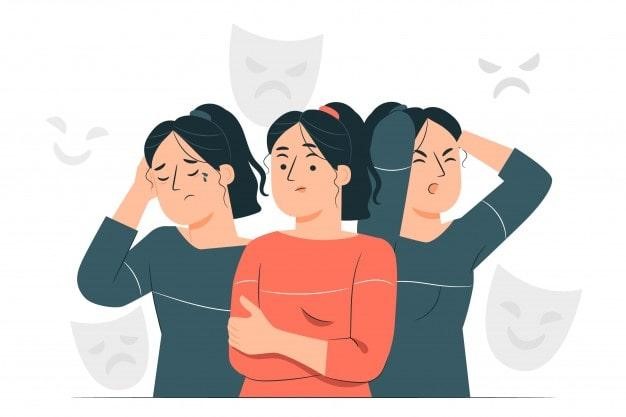
John Bowlby first described the attachment theory in the 1950s and according to his theory, infants and children, when in distress, seek comfort and affection from their primary caregiver, and how the caregiver responds to the distressed child plays a huge role in the emotional development of the child.
One of the healthy and normal attachment styles in children is ‘secure attachment’. The attachment theory states that secure attachment is formed when a child has a stable source of affection and care. In adulthood, a person with a secure attachment style feels confident in relationships they form whether they be platonic or romantic.
Ambivalent Attachment, however, is an attachment style that isn’t secure and healthy. This attachment style causes a child to become attached to their caregiver in an insecure way. When a child isn’t certain of their caregivers’ reaction they become insecure. This lack of secure attachment may impact a person’s attachment in other relationships in adulthood.
A child raised with this attachment style shows distress and uneasy behavior when their caregiver leaves but when the caregiver returns, the child becomes hesitant and uncertain towards them and may even ignore them to an extent. This is a sign of insecure and unhealthy attachment.
Adults With Ambivalent Attachment
Adults with an ambivalent attachment style are more likely to rely on others to help them manage their emotions and when they find themselves in a relationship, they are likely to feel emotions such as abandonment, rejection, and anger.
Adults who grew up with this attachment style feel highly aware of their partner’s every move which can make them feel insecure in a relationship and can use guilt or manipulation to make their partner stay with them.
Signs Of Ambivalent Attachment In Adults
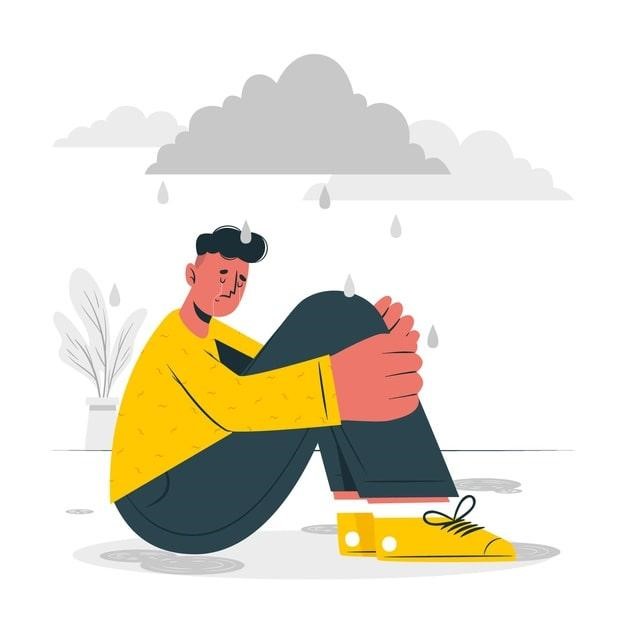
When a person:
- Needs constant reassurances
- Feels insecure in a relationship
- Worry about rejection
- Thinks their partner is going to reject them
- Displays clinginess
- Becomes needy in terms of affection
- Worries about the other person’s wants and needs
- Doesn’t understand personal space
- Is moody and highly emotional
- Blames others and refuses to take responsibility for their actions
These signs can be an indicator of a person having an ambivalent and insecure attachment style.
Causes Of Ambivalent Attachment
Other than having an unstable relationship between the child and the caregiver, people with a history of childhood abuse tend to have a higher risk of developing ambivalent attachment. Children whose parents tend to be present in one moment and absent in the next are also susceptible to develop ambivalent and insecure attachment.
Ambivalent Attachment: Characteristics
Children who grow up with this kind of attachment generally feel insecure about their relationships not just with their parents but with their partners/spouses. They often tend to be clingy and seek attention from their parents and partners/spouses. Also, people with this attachment style can be critical toward themselves, seek constant reassurance, and have very low self-esteem.
They grow up fearing rejection. Adults with an ambivalent attachment may even engage in emotional manipulation to protect themselves from getting rejected. They can be codependent, demanding, and possessive. People with this attachment style can also develop emotional problems like depression and anger issues.
| Characteristics In Children | Characteristics In Adults |
| Cautious of strangers | Unwilling to emotionally open themselves to others |
| Distressed when parents leave | Worry about being abandoned by their partner |
| Act aggressively when parents return | Are distressed when a relationship ends |
If someone you know is showing signs of ambivalent attachment, it is recommended that you seek counsel from a licensed counselor. For additional information, you can also write to us at info@calmsage.com.
Healing For Ambivalent Attachment
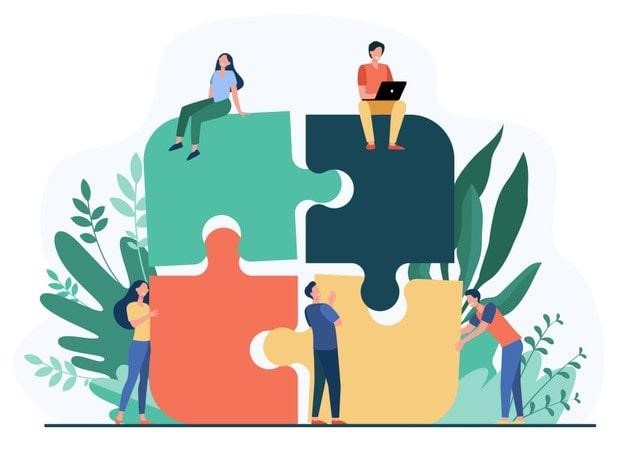
Adults who grew up with ambivalent attachment styles can find it difficult to find and keep healthy relationships. While it can be challenging to do so, with the help of therapy, healing from ambivalent attachment is possible.
The key areas where therapists work on healing ambivalent attachment are:
- Social personality
- Childhood trauma
- Communication & trust
Regardless of when you seek help for attachment issues, it is possible to recover positive childhood memories and heal from attachment issues. Children who grew up with attachment issues may develop poor social skills in their adulthood. With the right counseling, it is possible to sustain healthy relationships and social skills.
Attachment therapy aims to help a child connect with their parents first and foremost and then with others. Therapy approaches that can help with the treatment of attachment issues are:
- Psychotherapy
- Couples therapy
- Gestalt therapy
- Cognitive therapy
- Behavioral therapy
Final Thoughts…
We all are flawed in one way or another but that is what makes us beautifully unique. Learning to correct our flaws at our own pace is okay and worth it, no matter what your age is. Our learning begins at an early age and our earliest relationships – with our parents, grandparents, and siblings – play a very important role in our emotional development.
By understanding the role of emotional attachments we can gain knowledge on how it affects or is affecting our current relationships.
If you require help, there are online resources and therapy platforms that provide therapy and assistance regarding such issues. Don’t hesitate to reach out to them.
“Just like there’s always time for pain, there’s always time for healing.” ― Jennifer Brown






